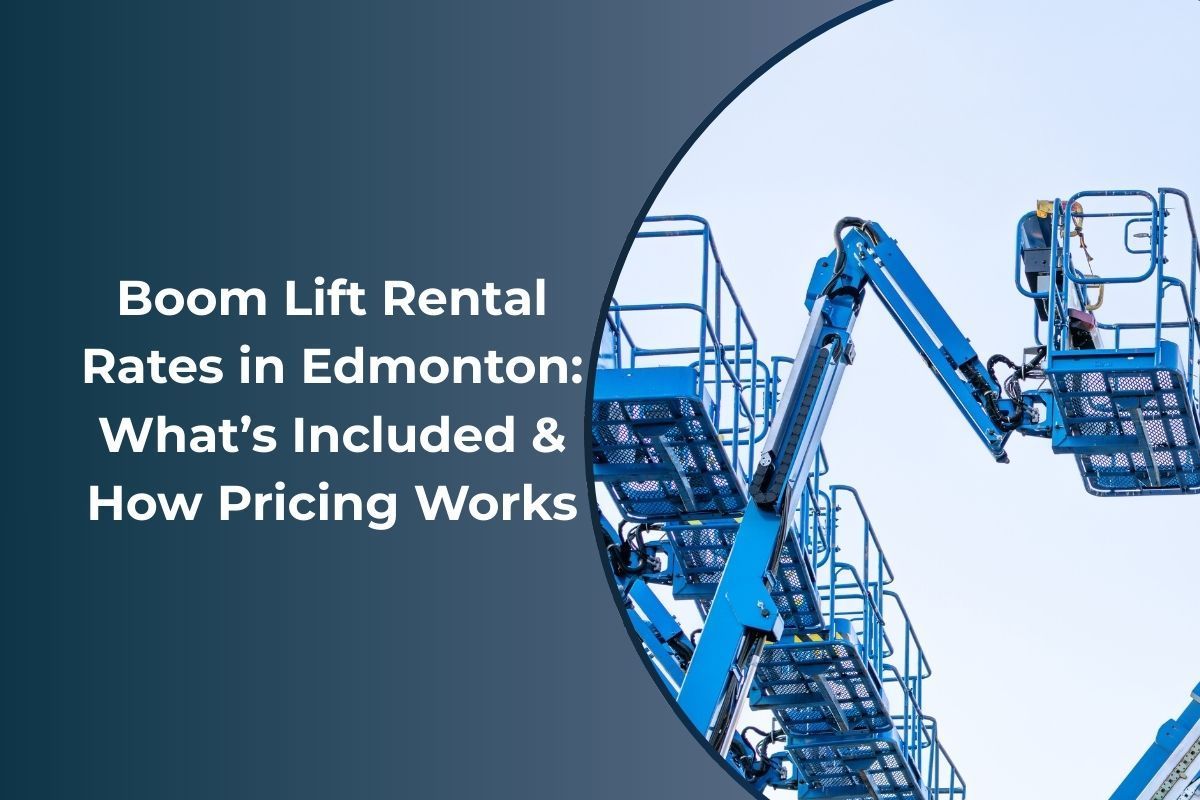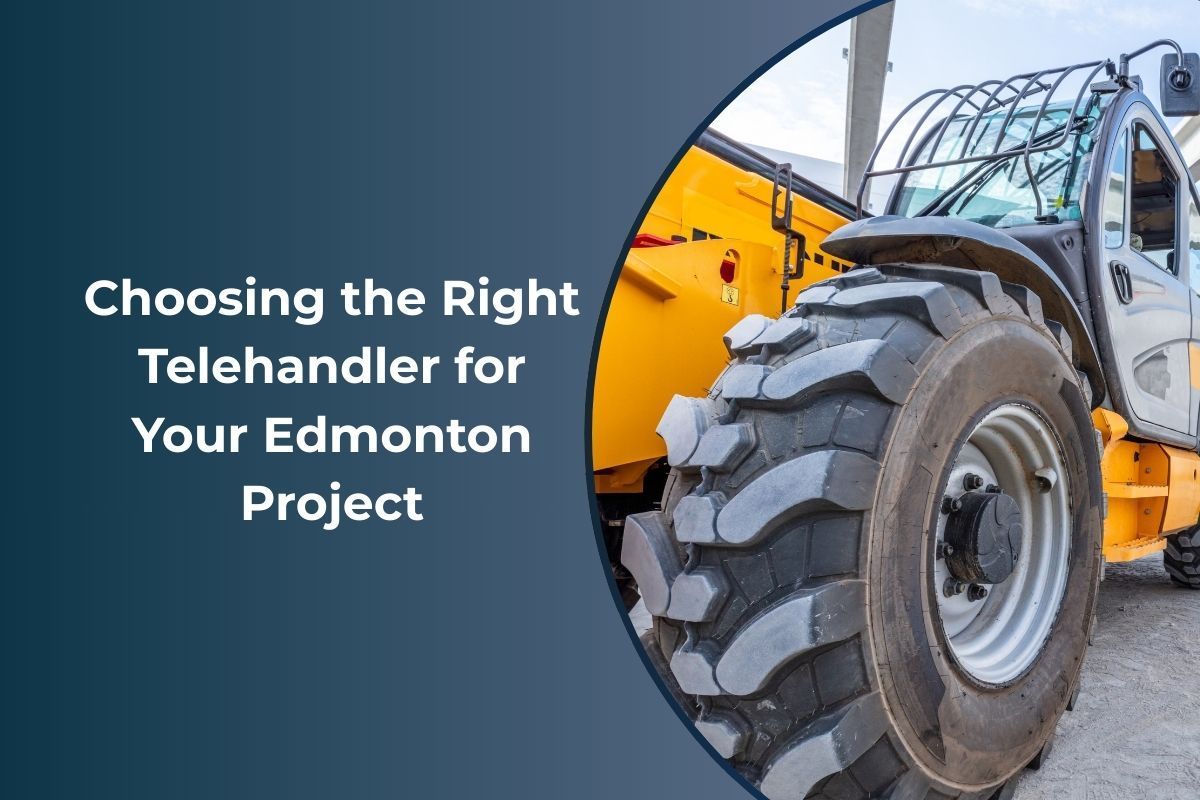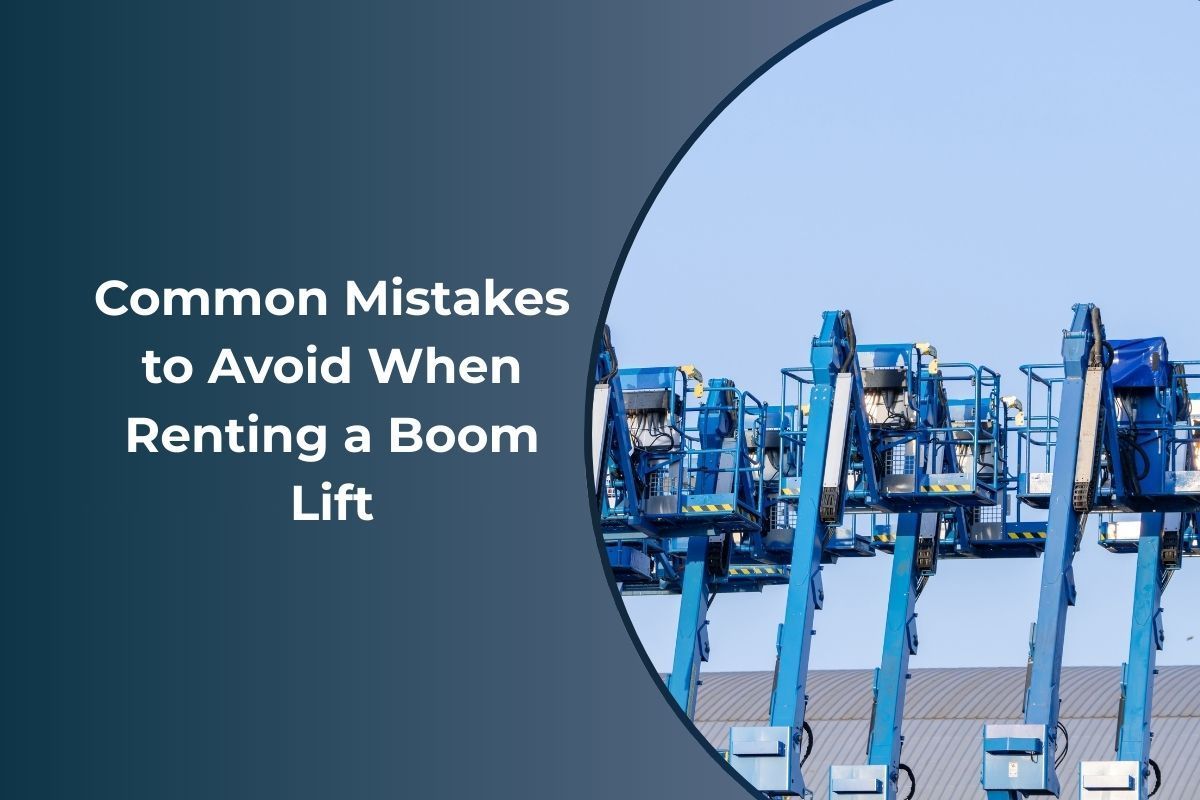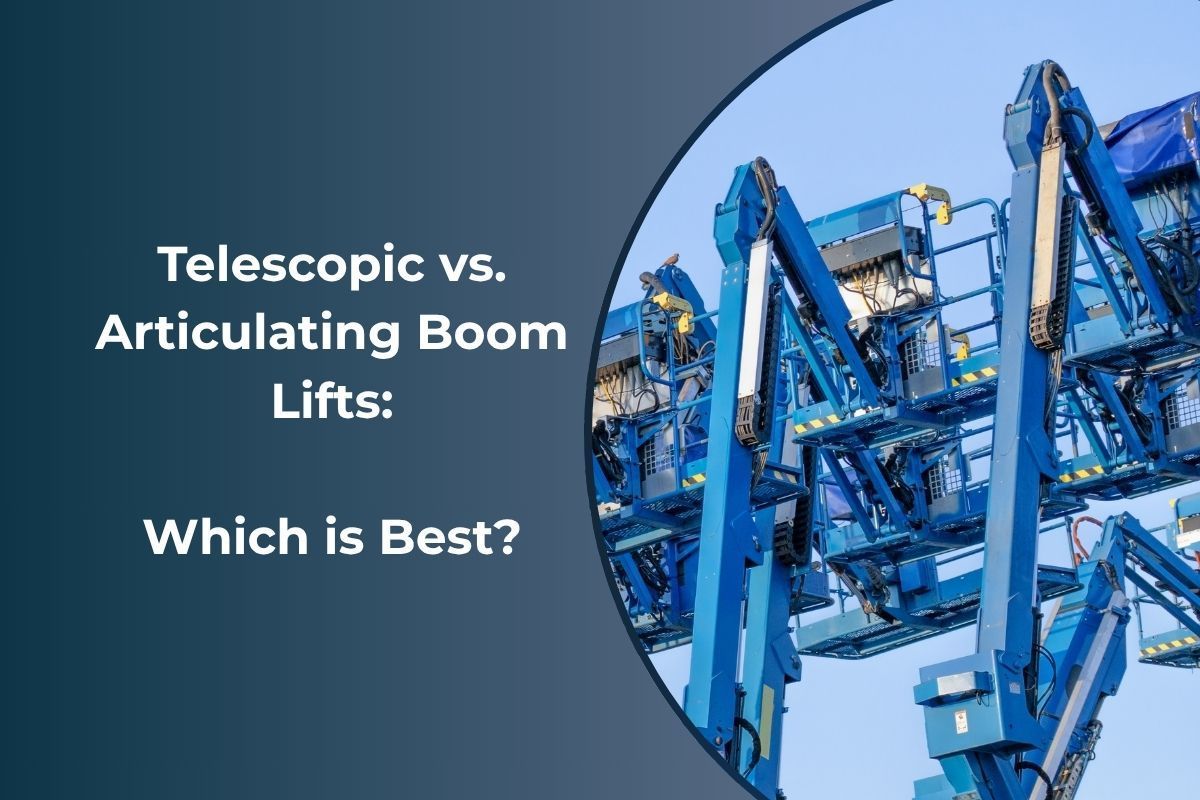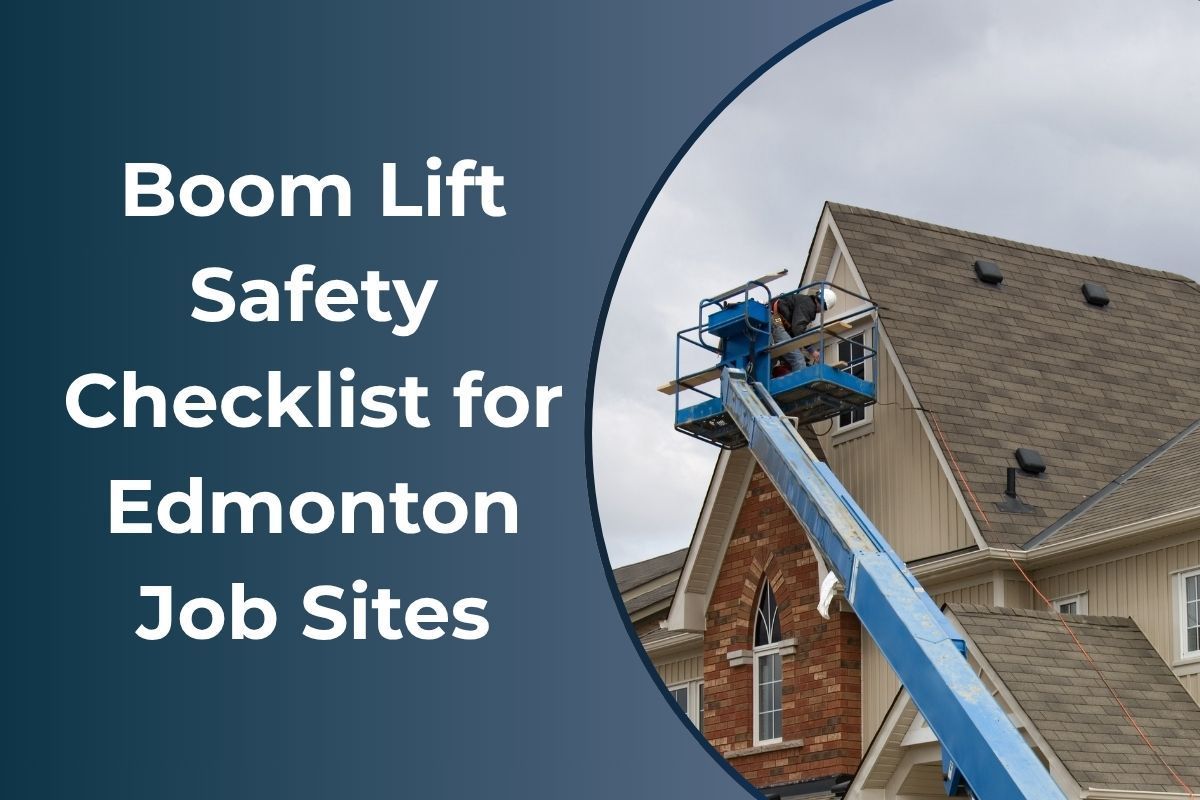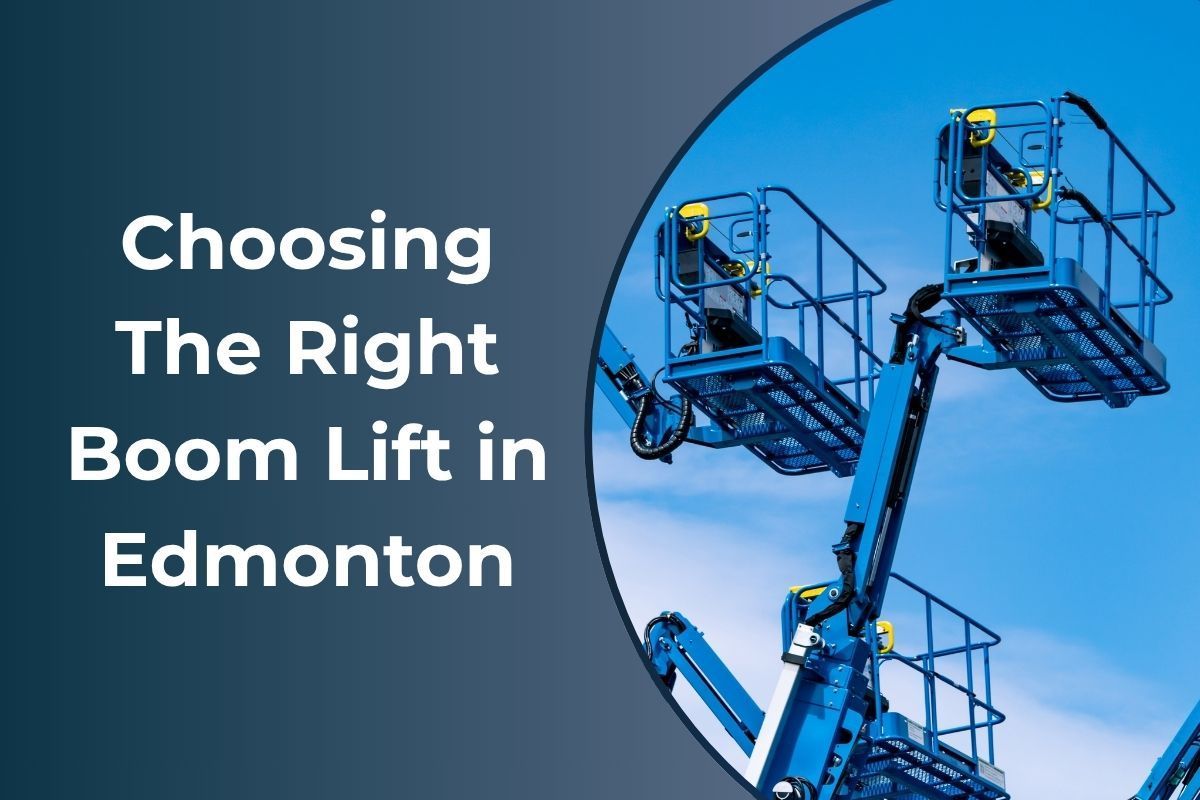Renting vs. Buying Lift Equipment: Which Is Right for Your Business?

Whether you need a boom lift or telehandler rental in Edmonton to tackle tall structures or heavy loads, deciding how to acquire the right equipment can significantly impact your bottom line. One of the most frequently asked questions is "should I choose lift equipment rentals or should I invest in buying by own equipment?".
In this guide, we’ll break down the pros and cons of renting vs. buying aerial lifts, compare equipment types, and highlight how to assess costs and usage. By the end, you’ll be better equipped to determine which route best aligns with your business needs and budget.
Renting Aerial Lifts: Pros and Cons
Why Consider Renting?
When you need quick access to industrial lifts—for a short-term project or an emergency repair—renting is often the first consideration. Let’s discuss the key advantages and potential drawbacks of working with lift equipment rentals.
Pros of Renting Boom Lifts
Lower Upfront Costs
Renting lets you avoid the large initial investment required to purchase new or used construction equipment. You only pay for the period you need, helping you preserve capital for other critical expenses.
Access to a Wide Range of Equipment
Projects vary, and you might require scissor lifts, boom lifts, or articulated lifts at different times. Renting provides the flexibility to choose equipment that perfectly fits each job’s scope and requirements.
Maintenance and Repairs Included
One of the biggest perks of renting is that providers typically handle routine maintenance and any necessary repairs. This not only saves you money but also minimizes downtime, as you won’t need to troubleshoot or fix lifts yourself.
Short-Term or Project-Based Needs
If your jobs are seasonal or sporadic, renting makes sense. You return the lift once the work is done—no worrying about storage or long-term upkeep.
Convenient Delivery and Pickup
Many rental companies will transport the equipment directly to your jobsite and pick it up when you’re done, eliminating the need for specialized trailers, drivers, or added manpower. By offloading logistics to the rental provider, you can focus on your project rather than coordinating heavy equipment movement.
Cons of Renting Boom Lifts
Potentially High Costs for Long-Term Use
While renting is cost-effective for short-term needs, it can become expensive for extended projects. If your business requires daily use of aerial lifts over several months, rental fees can quickly add up.
Limited Customization
Rental equipment often comes “as is,” with basic attachments or platform options. If you need specialized modifications, renting may not always meet your needs.
Availability and Scheduling
Depending on local demand, you might face scheduling conflicts if the boom lift or scissor lift you need isn’t available. This can lead to project delays and inefficiencies.
Buying Aerial Lifts: Pros and Cons
Why Consider Buying?
For companies with ongoing, long-term projects, buying aerial lifts can be a strategic choice. However, ownership also brings a set of obligations related to cost and maintenance.
Pros of Buying Lifts
Long-Term ROI
If your team frequently uses lifts, purchasing can yield better long-term returns. Instead of recurring rental fees, you invest once and then pay only for maintenance or occasional repairs.
Full Control Over Customization
Owning your equipment means you can outfit it with custom attachments or specific safety features to meet unique jobsite demands. This flexibility can be invaluable for specialized work.
No Scheduling Conflicts
When you own scissor lifts or boom lifts, you aren’t tied to rental availability. Your team can use the equipment whenever needed, enabling greater control over project timelines.
Cons of Buying Lifts
Significant Upfront Investment
Purchasing even a used aerial lift can carry a hefty price tag. Smaller businesses or those with constrained cash flow may find this initial outlay challenging.
Maintenance, Storage, and Repair Costs
You bear the responsibility for routine inspections, parts replacements, and repairs. Additionally, you’ll need adequate storage space to keep lifts safe from weather and unauthorized use.
Risk of Equipment Obsolescence and Resale Challenges
Technology evolves quickly in construction equipment. If newer, more efficient models become available, you could be left with outdated machinery. Reselling used lifts may also be time-consuming or yield lower returns than expected.
Transportation and Logistics
When you own your lifts, you’re typically responsible for moving them from one jobsite to another. This often requires specialized trailers, drivers, and scheduling—which can add significant costs and complexity.
By contrast, renting often comes with convenient delivery and pickup arrangements, allowing you to focus on the project at hand rather than coordinating transportation.
Assessing Project Frequency and Duration
How Often Will You Use the Lift?
Before making a final decision, consider how frequently and for how long you’ll require a lift. If your projects are short-term or seasonal, lift equipment rentals help you avoid storing and maintaining machinery that sits idle during downtime.
Simple Rental Scenario: One-Off Maintenance Project
Suppose you need a boom lift for a quick, one-week maintenance task on a facility’s rooftop HVAC system. If that’s your only major project for the season, purchasing a lift would be cost-prohibitive. You’d have to pay the lump-sum purchase price, then worry about future maintenance, storage, and potential obsolescence. In contrast, renting for just that one week involves a predictable, short-term expense with zero long-term commitments—freeing up your budget for other business needs.
Planning for Steady Usage
Businesses with continuous or daily operations may find buying more cost-effective, as steady usage can justify the upfront expense. If your job scope demands year-round access to lifts, ownership might offer a better ROI, but factor in the cost of maintenance, and time taken to monitor and keep your equipment up to date. A long-term rental might also be more efficient for your projects.
Questions to Ask
- How many lifts do you need simultaneously?
- Will current projects wrap up before starting a new type of job?
- Is equipment usage unpredictable or consistent month over month?
Calculating the True Cost: Rental Expenses vs. Ownership Costs
Understanding Total Cost of Ownership (TCO)
One of the most overlooked aspects of renting vs. buying aerial lifts is the total cost of ownership (TCO). When you rent, your expenses are largely predictable: a set rental fee, sometimes bundled with basic insurance and maintenance. Owning a lift involves upfront purchase costs, plus ongoing maintenance, storage, and potential repair bills.
Cost Analysis for Your Business
For companies with robust, long-term project pipelines, ownership costs may prove more economical than regular monthly rental fees. However, if your project timelines vary, rentals provide flexibility and protect your bottom line. Conduct a quick cost analysis—considering the number of days you’ll need equipment, prevailing rental rates, and your financial constraints—to see which option yields the best outcome.
Key Decision Factors
When weighing renting vs. buying aerial lifts, it’s essential to align your choice with both your immediate needs and your long-term goals. Lift equipment rentals excel in scenarios that require flexibility, minimal initial investment, and access to a wide range of lifts.
However, if your team relies on lifts consistently throughout the year, and you have the funds to purchase, owning can deliver a stronger return despite higher upfront costs.
- Frequency of Use: Determine how often and how long you need the equipment.
- Budget: Assess both your capital and operational expenses.
- Jobsite Requirements: Match lift features (height, capacity, attachments) to your typical projects.
- Technology Considerations: Keep in mind newer models and future upgrades.
Ultimately, a thorough cost analysis—alongside an honest evaluation of project duration—will guide you toward the best approach for your business.
Ready to Take the Next Step?
If you’re still uncertain whether renting or buying is the right path, our team at Mandel Rentals is here to help. We specialize in providing a wide range of lift equipment, including boom lifts, and articulated lifts, to suit any jobsite requirements.
Contact Mandel Rentals today to discuss your project scope, budget, and usage timelines, and we’ll work with you to find the ideal lift for your project.
Mandel Rentals Resources
